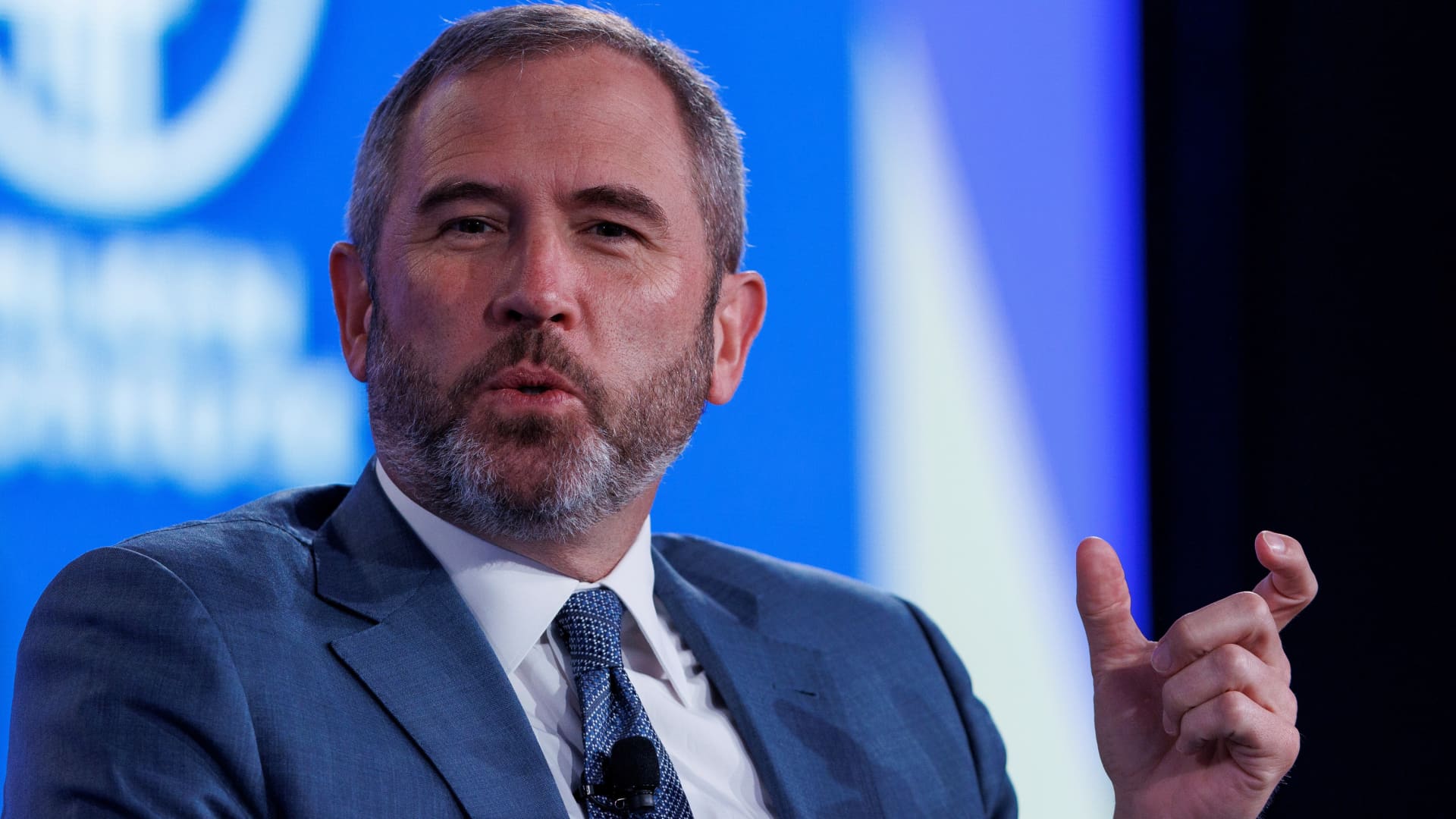Who Doesn’t Get Unemployment Insurance?
:max_bytes(150000):strip_icc():format(jpeg)/Joblossinsuranceandprivateunemploymentinsuranceoptions-5ac03d2a3de4230036a4f36b.jpg)
The CARES Act and new CAA Act temporarily extended unemployment benefits
Reviewed by Somer Anderson
Fact checked by Kirsten Rohrs Schmitt
:max_bytes(150000):strip_icc():format(jpeg)/Joblossinsuranceandprivateunemploymentinsuranceoptions-5ac03d2a3de4230036a4f36b.jpg)
oneinchpunch / iStock Getty Images
Private Unemployment Insurance Options and Finding The Best Option
The U.S. Department of Labor’s unemployment insurance (UI) program provides cash benefits to eligible workers who become unemployed through no fault of their own. The program is administered by individual states, but the law itself is a federal one.
Benefits, which are funded by payroll taxes, are paid weekly by individual state governments to those who qualify. But there are specific regulations about which unemployed workers qualify for this type of insurance.
The federal government made changes to the eligibility for unemployment benefits because of the outbreak of the COVID-19 virus. They were initially put in place after the Coronavirus Aid, Relief, and Economic Security (CARES) Act was signed into law in March 2020. The benefits were extended with the passing of the Consolidated Appropriations Act, 2021 (CAA) and again after President Joe Biden was elected with the American Rescue Plan Act in 2021. Many of these benefits expired on Sept. 5, 2021.
Here’s a look at who does and doesn’t qualify for unemployment insurance under normal circumstances and how the rules were amended during the coronavirus pandemic in 2020 and 2021.
Key Takeaways
- You can’t collect unemployment benefits under normal circumstances if you quit your job or if you’re self-employed.
- To collect UI benefits, you must file a claim with the UI program in the state where you worked.
- The CARES Act expanded unemployment insurance benefits through three programs to help workers affected by the 2020 novel coronavirus pandemic.
- The Pandemic Unemployment Assistance (PUA) program extended benefits to the self-employed, freelancers, and independent contractors.
- People who left their jobs due to a risk of COVID-19 exposure or infection or to care for a family member may also qualify for UI benefits.
Who Qualifies for Unemployment?
While each state sets its own guidelines for UI benefits eligibility, you usually qualify if you:
- Are unemployed through no fault of your own. In most states, this means you left your last job because of a lack of available work.
- Meet work and wage requirements. You must meet your state’s requirements for time worked or wages earned during an established base period.
- Meet additional state requirements.
Important
To find details about your state’s unemployment insurance program, visit CareerOneStop, a job resource website sponsored by the U.S. Department of Labor.
How Do I Apply for Unemployment?
To collect UI benefits, you must file a claim with the UI program in the state where you worked. Depending on your state, you may be able to file a claim in person, by telephone, or online. When you apply, you need to provide certain information, including your Social Security number and the addresses and dates of your previous job.
In general, you should contact your state’s UI program as soon as possible after you become unemployed and file your claim in the state where you worked. However, if you worked in multiple states or in a different state than where you now live, contact the state UI agency where you reside for guidance on how to file your claim with other states.
Who Doesn’t Qualify for Unemployment?
Of course, there are other ways to get disqualified, depending on where you live. In most states, you can’t get UI if you:
- Are dismissed for workplace misconduct. What constitutes misconduct varies by state, but in general, intentionally violating safety rules, theft, embezzlement, violence, and other criminal activities disqualify you from receiving benefits. A failed drug test may also constitute misconduct.
- Are dismissed for misconduct outside of work. Some states don’t allow employers to terminate employees for misconduct outside of work, but some do. If so, it may also disqualify you from collecting UI benefits.
- Turn down a suitable job. If you pass on a job that’s comparable to the one you lost, you will probably no longer qualify for benefits. Your state may consider factors like pay, your training and background, and safety when it determines what constitutes a suitable job.
- Don’t look for work. You must report to your state’s UI program that you’ve applied to a certain number of jobs each week. If you don’t report this information on time, or if you stop looking for a job, you may lose your benefits.
- Are unable to work. If you’re on maternity leave, dealing with a family emergency, temporarily disabled, or otherwise unable to work, you may lose your eligibility. However, in some states, you may qualify for benefits if you quit a job for medical reasons or to care for an ill family member.
- Receive severance pay. In some states, you can’t collect UI benefits if you also have severance pay. If you get eight weeks of severance pay, for instance, your UI eligibility starts nine weeks after you lost your job.
- Commit fraud. If you don’t report income or a new job, you are disqualified from receiving benefits. You may even have to repay your benefits or go to jail for fraud.
COVID-19 Unemployment Relief
The unemployment rate increased to its highest level since data was first collected when the coronavirus pandemic first hit the United States, peaking at 14.8% in April 2020 before dropping down to 6.7% in December 2020. It affected almost every industry and individual across the country, regardless of their age, gender, or employment status.
The federal government took steps to alleviate the burden on unemployed individuals, especially those who wouldn’t otherwise qualify for unemployment benefits. On March 27, 2020, President Donald Trump signed the $2 trillion coronavirus emergency stimulus package, referred to as the CARES Act. It temporarily expanded UI benefits through three programs, one of which allowed certain workers normally left out to collect benefits.
The CARES Act created the Federal Pandemic Unemployment Compensation (FPUC), which provided an additional $600 benefit each week to the uninsured. That benefit expired on July 31, 2020. The passage of the Consolidated Appropriations Act, signed by President Trump on Dec. 27, 2020, included new funding for the FPUC at a lower rate of $300 per week, through March 14, 2021.
President Joe Biden extended these benefits when he signed the American Rescue Plan Act on March 11, 2021. Additional provisions were put into place, allowing unemployed individuals to continue receiving benefits. All three of these programs expired on Sept. 5, 2021.
Note
Workers are not eligible for PUA benefits if they can telework with pay. Unemployed individuals also must be authorized to work to be eligible for PUA, so undocumented workers will not qualify.
Pandemic Unemployment Assistance (PUA)
Under normal circumstances, you can’t collect unemployment benefits if you quit your job or if you’re self-employed. This includes freelancers, independent contractors, and gig workers.
The program temporarily extended unemployment benefits to certain workers affected by the COVID-19 pandemic and eligible self-employed workers through Sept. 5, 2021. Workers who qualified included:
- Freelancers and independent contractors
- Workers seeking part-time work
- Workers without enough work history to qualify for state unemployment insurance benefits
- Workers who otherwise wouldn’t qualify for benefits under state or federal law
Individuals were required to provide self-certification they were able to work and were available for work. They were also required to prove they were unemployed, partially employed, or unable or unavailable to work due to one of these COVID-19-related situations:
- They were diagnosed with COVID-19 or had symptoms and were trying to get diagnosed.
- A member of the individual’s household was diagnosed with COVID-19.
- The individual provided care for someone diagnosed with COVID-19.
- The individual provided care for a child or other household member who couldn’t attend school or a care facility because it was closed due to COVID-19.
- The individual was quarantined or was advised by a health care provider to self-quarantine.
- The individual was scheduled to start a job, didn’t have one, or couldn’t reach it due to COVID-19.
- The individual became the primary earner because the head of the household died as a result of COVID-19.
- The individual had to quit their job as a direct result of COVID-19.
- The individual’s place of employment closed as a direct result of COVID-19.
- The individual met other criteria set forth by the labor secretary.
Benefit amounts were calculated based on previous earnings, using a formula from the Disaster Unemployment Assistance program under the Stafford Act. The PUA had a minimum benefit equal to 50% of the state’s average weekly UI benefit (about $190 per week).
Other Unemployment Programs
The CARES Act, and the Consolidated Appropriations Act, the American Rescue Plan Act extended unemployment benefits through two other initiatives: the FPUC program and the Pandemic Emergency Unemployment Compensation (PEUC) program:
Keep in mind that the FPUC and the PEUC programs both expired on Sept. 5, 2021, along with the PUA.
What Disqualifies You From Unemployment?
Each state has its own rules for unemployment. Generally, in order to be eligible for unemployment, a worker must lose their job through no fault of their own, such as through involuntary termination or layoffs. They must also meet certain requirements for income and length of employment, which vary by state. Voluntarily quitting, absenteeism, or insubordination may disqualify a worker from receiving unemployment benefits.
What Is Constructive Dismissal?
Constructive dismissal occurs when an employee resigns due to unacceptable working conditions or a breach by the employer. For example, an employee who quits because the employer did not pay them on time, provided an unsafe working environment, or did not schedule them for upcoming shifts could be considered to have been constructively terminated, even though the employer did not formally fire them. Unlike other types of resignation, labor agencies will typically grant unemployment benefits to victims of constructive dismissal.
How Do Employers Pay for Unemployment?
Employers pay for unemployment insurance through payroll taxes, which are used to fund state unemployment programs. The state tax rate is typically based on the number of people a company employs, how much they’ve paid into the program, and how many employees have filed for benefits. Although a single employee is unlikely to make a big difference, a large number of unemployment claims could raise a company’s effective tax rate. When a former employee makes a claim, employers have the opportunity to dispute the claim and argue that the employee does not qualify for benefits.
The Bottom Line
Unemployment insurance represents one of the basic benefits of the modern welfare state. In exchange for a small tax deducted from one’s weekly paycheck, workers are granted the temporary assurance that they will continue receiving an income even if they lose their jobs. The benefits and requirements vary from state to state, so it is important to understand the exact rules to qualify for unemployment.









